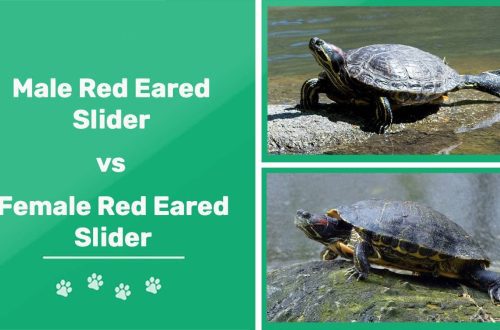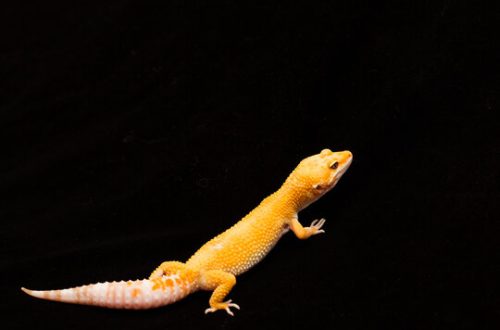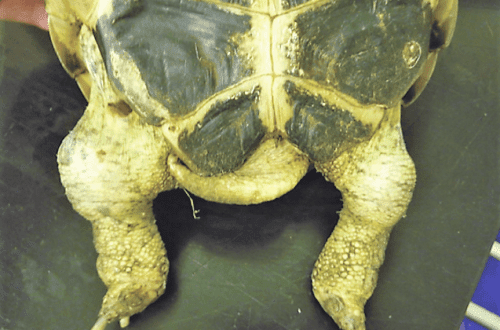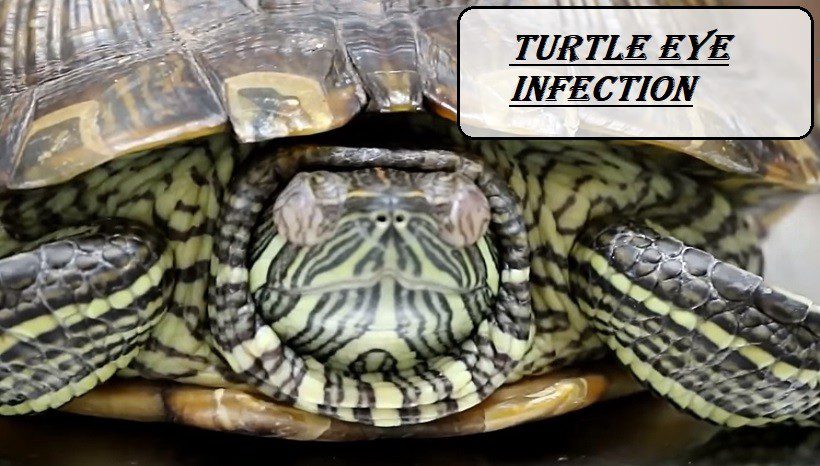
Conjunctivitis (eye inflammation) in a turtle, what to do if the eyes are inflamed and fester
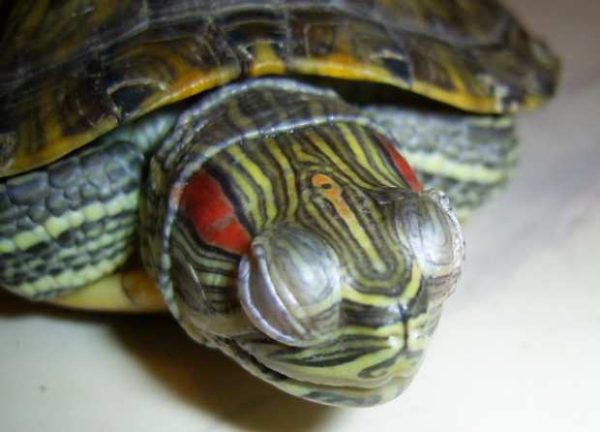
Eye diseases in ornamental turtles are most often the result of neglect of the animal or violation of the conditions of feeding and keeping.
Ophthalmic pathologies are accompanied by severe pain and itching, which deprive the reptile of the ability to move and eat independently. If the turtle has festering one or both eyes, it is urgent to start treatment. Advanced cases of eye diseases can cause complete loss of vision or death of a family pet.
Why are the eyes inflamed?
Conjunctivitis in reptiles is an inflammation of the mucous membrane of the eyes. If the conjunctiva is involved in the pathological process and the skin of the eyelids develops blepharoconjunctivitis. With simultaneous damage to the mucous membrane and cornea of the eye, keratoconjunctivitis occurs. Often, eye inflammation in a red-eared or terrestrial tortoise begins with only one eye, but if left untreated, both organs of vision are affected.
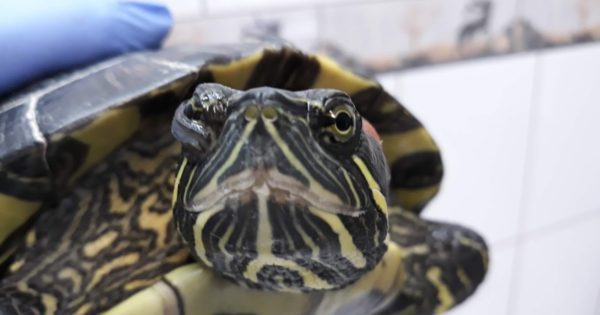
The reason for the development of conjunctivitis in reptiles is the pathogenic microflora – streptococci and staphylococci, which enter the mucous membrane of the eye, damage it and cause an inflammatory process. The immune system of the animal, in response to the ingress of a foreign agent, reacts with effusion of fluid and sends protective cells, leukocytes, to the pathological focus, which absorb pathogens and form pus. Swollen eyes with conjunctivitis in red-eared or Central Asian turtles are closed, the upper and lower eyelids are glued together with a white-yellow purulent mass.
Pathogenic microflora affects the mucous membrane of the eyes of reptiles only in the presence of concomitant factors, which may be:
- infectious diseases of a bacterial, viral, parasitic or fungal nature;
- eye injuries and burns;
- colds and respiratory diseases;
- hypothermia;
- smoke irritation;
- lack of vitamins;
- no source of ultraviolet radiation for reptiles.
Most often, the eyes of red-eared turtles fester with unbalanced feeding, keeping the animal in cold or dirty water, with a lack of retinol, as a result of long walks on a cold floor. Terrestrial conjunctivitis in a turtle may be the result of animal injuries, lack of a warm terrarium, lack of vitamins A, D and calcium in the animal’s diet.
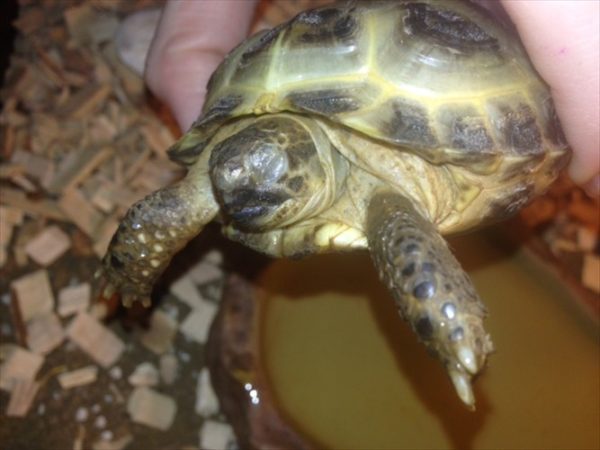
How does conjunctivitis manifest itself?
Eye inflammation in reptiles is impossible to miss because of the vivid clinical picture. The main signs of conjunctivitis in red-eared and Central Asian turtles are the following symptoms:
Do not treat turtle conjunctivitis at home without determining the etiology of the disease. Therapy of conjunctivitis in reptiles should be aimed at eliminating the cause of the disease and relieving painful symptoms, self-medication can aggravate the condition of the pet or lead to blindness.
Treatment
Treatment of eye inflammation in turtles at home should be carried out under the supervision of a specialist and clarification of the diagnosis. A sick pet must be isolated from relatives to avoid the spread of infection. During treatment, it is necessary to exclude the ingress of water on the organs of vision of the animal.
Local therapy of sore eyes is carried out using ophthalmic preparations containing antibiotics or sulfonamides: albucid, ciprovet, ciprovet, tobradex, cipromed, sofradex, neomycin, chloramphenicol or tetracycline. To relieve itching, hormonal ointments are prescribed. The course of drug use is 7-10 days.
In addition to drops and ointments, a sick turtle is prescribed anti-inflammatory baths, injections of vitamins and immunostimulants. Great importance in the treatment of conjunctivitis in reptiles is given to adjusting the diet and normalizing the conditions of detention according to the biological species of the reptile.
Sore eyes in reptiles should be treated immediately after the first symptoms of the disease appear. The best prevention of ophthalmic diseases of turtles is a balanced diet, optimal conditions and the attention of a loving owner.
How to treat conjunctivitis in a turtle at home
5 (100%) 4 votes



